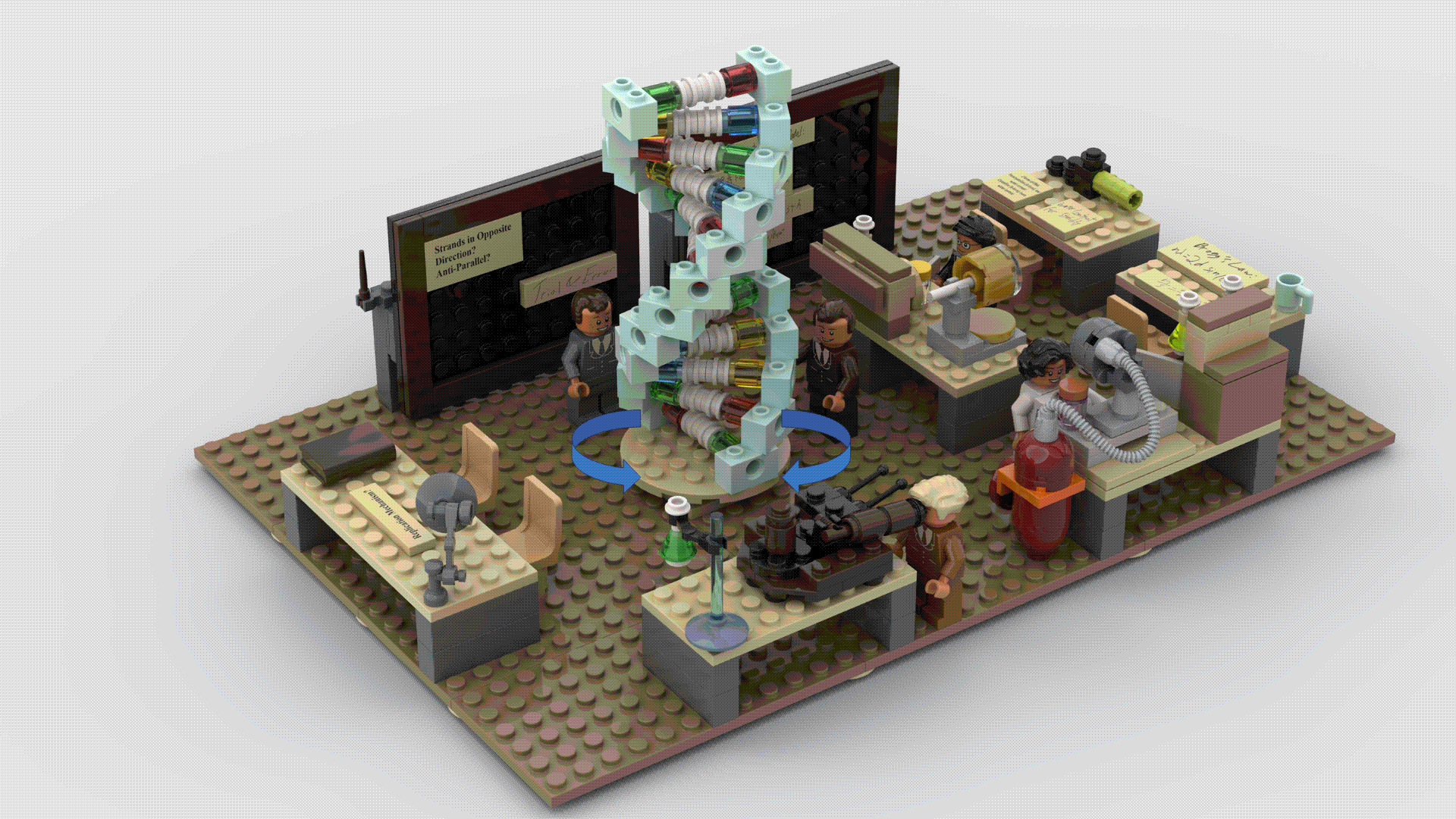Kristina Campbell is a premiere microbiome writer. She has written textbooks, popular books, and academic manuscripts on the human microbiome. She also has deep experience writing articles for publications such as Nature and Microbiome Times.
All these things put together make her the ideal person to speak about the excitement surrounding microbiome writing, probiotic research, and live biotherapeutics development. It also helps that she mentored me on starting out as a freelance science communicator.
Read on to receive some of the many tips you will need to become a successful writer and communicator! Along the way, take the opportunity to hear from someone constantly keeping in touch with the latest developments in human microbiome research.

The Interview
PN: Let’s start with how you got into writing about the human microbiome. How did you pursue the topic to become a science writer on it?
KC: In a nutshell, I experienced some gut health issues about 15 years ago that got me searching for solutions. I came across fermented food science and it led me to microbiome science. These topics have lived in my head ever since – and many years later, they’re usually the first thing I think about in the morning and the last thing I think about when I’m falling sleep.
As for writing on these topics, it goes way back to when I was an 8-year-old obsessed with writing stories. I filled pages and pages with my writing. In the following decades somehow I drifted toward a different career path until my inner 8-year-old told me to wake up and start writing again. So I did, and I never looked back.
PN: That’s so cool! It’s funny because I got passionate about writing stories the same time I became a science writer! What do you find most fulfilling about being a science writer? The most challenging?
KC: I love getting freelance assignments that allow me to dig into a new topic and get a handle on the scientific consensus. It’s simultaneously exciting and scary to get an assignment outside of your core area and be tasked with finding the right experts to interview, getting the relevant information from them, and piecing it together to say something worth saying.
The challenging part is how exhausting it can be, physically and mentally. Sometimes the work of synthesizing and structuring a piece makes it hard to focus on anything else. And the night before an assignment is due I inevitably stay up late trying to completely revamp it. But the reward of seeing the piece published later on makes it all worthwhile.
PN: I can attest to that crunch. It takes a lot of work to write in a style that people will understand and be inspired by. Your audience has a huge role in how you communicate, doesn’t it?
KC: Yes it does! The audience is everything – I cannot write a single word without knowing who I’m talking to because it affects my word choices, my implicit assumptions, and more. I liked Alan Alda’s book If I Understood You, Would I Have This Look on My Face? because the premise is that effective communication starts with listening. While science writers can’t always listen to their audience in a literal sense, they can try to find out a bit about them before they start writing.
Regarding clients, it’s important to make sure we’re aligned on what we’re trying to accomplish together with the science communication. If we have different ideas of what constitutes success, then it may not be a good fit.
PN: Synergizing with a client’s vision is very important for sure! Aside from that, what are the most important traits a science writer needs to succeed?
KC: First, a science writer needs to be dedicated to improving their craft. There’s always something I can work to improve, whether it’s my interviewing technique or how I put together the story elements or how I start a paragraph. This ensures I keep growing and improving so I can take on new challenges.
Second, and somewhat counterintuitively, it helps to be a ‘people person’. If you enjoy talking with people and have a genuine curiosity, you’ll find out the most interesting things to work with in your writing.
PN: In the same way there’s so many diverse clients, there are also many kinds of documents a science writer can write. Marketing writing is among those documents. What sets marketing documents apart from other kinds of documents typically associated with science writing, like news articles and manuscripts?
KC: Every piece of writing has a ‘story’ it’s trying to convey. But the stories in marketing writing are shaped a little differently than in technical or educational documents. Marketing stories aim to bring people to a specific conclusion and / or to get them to take a specific action without necessarily being comprehensive, whereas technical or educational texts often aim to provide a comprehensive overview of a certain topic to increase the reader’s level of knowledge or expertise.
PN: I imagine marketing documents are important for sharing research about the human microbiome, which you specialize in. How should companies advertise their microbiome-based products, like probiotics, to stand out from the competition?
KC: I think distinguishing a probiotic is less about advertising and more about scientific innovation. You can be a marketing genius, but if there’s no evidence behind your product then you’re limited in what you can say to consumers. I think consumers are becoming more and more savvy, and are expecting some proof for the claims made by companies. So if a company wants to remain in a strong position and gain consumer trust, I think they need to innovate scientifically and then find an angle for communicating about that innovation. To me, biotic innovation is an exciting area right now.
PN: I can definitely believe that, especially with the burst of microbiome news in the past decade. What drove such a strong interest in the field?
KC: Nine years ago when I started writing in this field, I can tell you it was definitely considered niche. I can point to a few high-profile articles and marketing campaigns in North America, sometime around 2019, that drove an interest among the general public. But ultimately I think it’s the science itself that drives the field forward – cool findings just keep emerging, helping people see connections they’ve never seen before.
PN: I resonate with you on the cool research. I was just in Boston seeing all the cool talks about live biotherapeutics. That was after the FDA recently approved the first two fecal microbiota-based drugs. How did you react, and what do the approvals mean for the LBP industry?
KC: Before the Rebiotix product was approved last November, I tuned into an open online meeting of an FDA advisory committee that had to review the evidence and make a recommendation on their fecal microbiota-based product. The dramatic moment for me was near the end of that meeting when the committee members had to vote on whether the data on safety and efficacy were sufficiently convincing. I was literally on the edge of my seat and my palms were sweating. The moment I sensed that things changed is the moment the votes were counted and the majority voted yes, that the safety and efficacy data were acceptable. FDA approval followed shortly afterwards, and a second product from Seres was approved a few months later.
These are FMT-based drugs, however, that still require human donors. It’ll start to get really exciting in the LBP space when a completely defined consortium or single strain is approved for therapeutic use. Significant hurdles still exist for these products.
PN: The hurdles are definitely something important for the microbiome community to address. Nevertheless, it’s an exciting time to be in the microbiome with all the research out there. How do you keep up with it all?
KC: Years ago, I felt I was personally able to keep up with the literature, more or less. Just from publication alerts I knew when an important study came out and was able to skim through the findings.
The number and quality of publications has increased exponentially, though. Nowadays, keeping up with the literature is more of a community effort. For example, I rely on scientists on social media saying “hey I’m excited about this paper” because that tells me it’s important in some way. Also, when I interview people or hear their talks at conferences they may refer to papers that have informed their own work, and I take note of those.
PN: Rounding the interview off, where do you see LBP development going in the future based on your experience?
KC: I really thought we’d have more FDA-approved live biotherapeutic products by now, given the investments in this area over the past decade. But people in the drug industry tell me it can take up to 20 years for a novel type of product to reach the market. We’ve realized now that LBPs are not miracle cures, and where we go in the next 5 years really depends on the safety and efficacy data that companies are able to generate. Definitely I observe companies starting to think outside the microbiome box – using the microbiome as a starting place and maybe ending up with a more conventional product – but then again, if we can overcome some scientific and regulatory barriers we might just see some game-changing LBPs as well.
Author
-

Paul Naphtali is a seasoned online marketing consultant. He brings to the table three years of online marketing and copywriting experience within the life sciences industry. His MSc and PhD experience also provides him with the acumen to understand complex literature and translate it to any audience. This way, he can fulfill his passion for sharing the beauty of biomedical research and inspiring action from his readers.
View all posts



